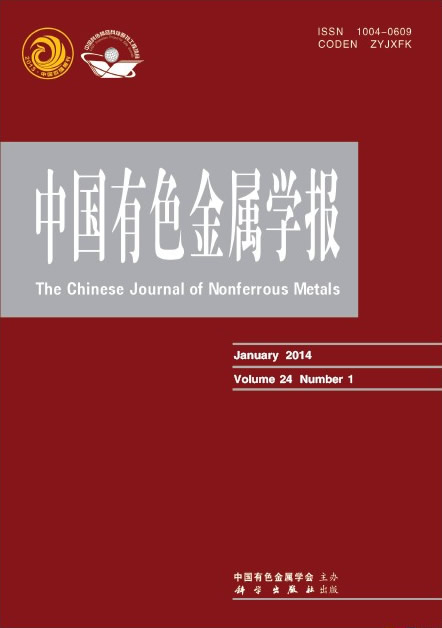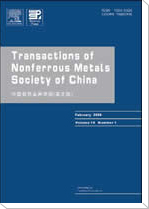(1. 华东理工大学 机械与动力工程学院,上海 200237;
2. 上海交通大学 燃料电池研究所,上海 200240)
摘 要: 采用湿化学法研究还原剂甲酸浓度对铂纳米线(Pt-NWs)长度和分布的影响以及Pt-NWs对单电池的电化学性能和耐久性的影响。结果表明:随着还原剂浓度的增加(0.075~0.590 mol/L),Pt-NWs的长度先增加后减小,在碳基体层厚度方向上Pt分布从均匀到逐渐聚集在表层,呈现明显梯度特征。当还原剂浓度为0.372 mol/L时,可获得在整个碳基体层厚度方向上分布的Pt-NWs团簇,与商用的催化剂(JM Pt/C)相比,在0.6 V时,电流密度提高11.3%,最大功率密度提高12.5%,这主要归于Pt-NWs的一维结构、在催化层中的梯度分布以及高Pt利用率。通过加速耐久性测试,Pt-NWs/C的最大功率密度和电化学活性表面积比JM Pt/C的衰减缓慢,说明Pt-NWs/C具有更好的稳定性。
关键字: 铂纳米线;原位沉积;还原剂浓度;质子交换膜燃料电池
(1. School of Mechanical and Power Engineering, East China University of Science and Technology, Shanghai 200237, China;
2. Institute of Fuel Cells, Shanghai Jiao Tong University, Shanghai 200240, China)
Abstract:The effects of reducing agent formic acid concentrations on the length and distribution of platinum nanowires (Pt-NWs) and the electrochemical performance and durability of single cells were investigated. The results show that, with the increase of reducing agent concentration (0.075-0.590 mol/L), the length of Pt-NWs increases firstly and then decreases, meanwhile, the distribution of Pt-NWs through thickness direction of the carbon-based layer is from uniform distribution to obvious gradient distribution with gradual aggregation. The Pt-NWs clusters uniformly distribute on the carbon surface are obtained at a reducing agent concentration of 0.372 mol/L. Compared with JM Pt/C, the current density of the Pt-NWs clusters used as the cathode of PEMFC increases by 11.3% at 0.6 V and the maximum power density increases by 12.5%. The improvement of the performance of the Pt-NWs catalytic layer is mainly attributed to the one-dimensional structure of Pt-NWs, the gradient distribution in the catalytic layer, and the high Pt utilization. By 5000 cycles accelerating durability test, the performance degradation of Pt-NWs/C is slower than that of JM Pt/C, indicating its better stability than that of the later. The optimized platinum nanowire catalytic layer obtained promotes the design of novel nanostructures in practical applications.
Key words: Pt nanowires; in-situ deposition; reducing agent concentration; proton exchange membrane fuel cell (PEMFC)


